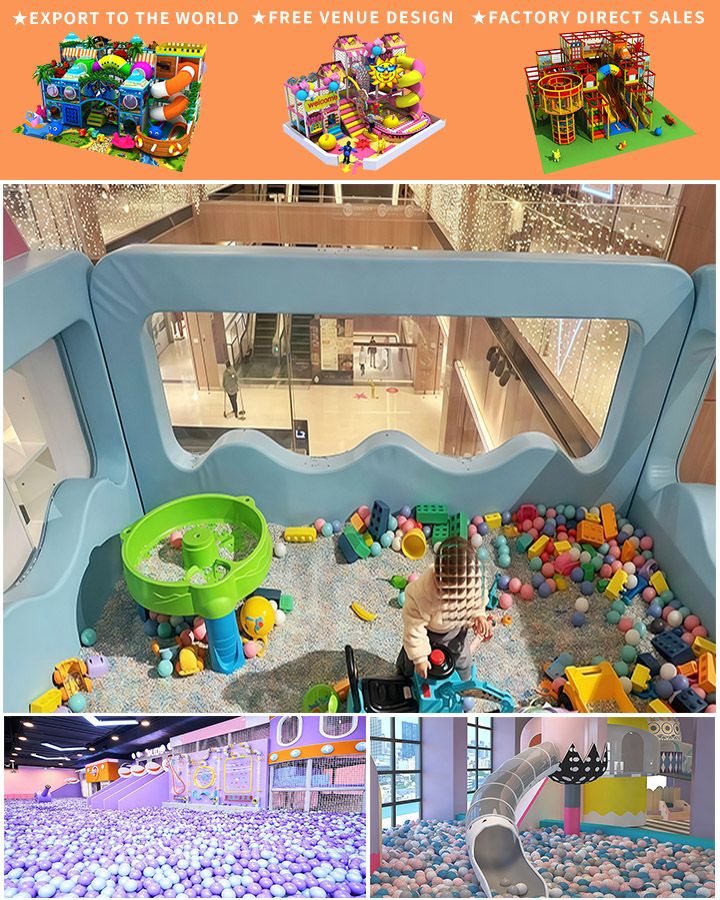In the ever-evolving world of children’s play and development, the importance of a well-designed indoor playground cannot be overstated. One of the most exciting and beneficial components of such a playground is the climbing wall. This article delves into the design customization of indoor playground equipment with a special focus on climbing walls, highlighting how they can be tailored to meet the unique needs and preferences of children in an indoor setting.
The Significance of Indoor Climbing Walls
Climbing walls are more than just fun physical structures; they serve as excellent tools for children’s physical and mental development. By engaging in activities that involve climbing, kids improve their coordination, balance, and strength. Moreover, these activities also help in building self-confidence and decision-making skills.
Customizing Climbing Walls for Indoor Playgrounds
When it comes to designing an indoor climbing wall, there are several factors to consider to ensure it meets both the safety and engagement needs of children. Here’s a closer look at the key elements of customization:

1. Safety First:
The primary concern in designing any piece of playground equipment, especially for young children, is safety. Indoor climbing walls should be built with soft materials and rounded edges to minimize the risk of injury. Additionally, the wall should have a solid, stable base to prevent tipping or wobbling.
2. Age Appropriateness:
Children of different age groups have varying physical capabilities and interests. Therefore, it’s essential to customize climbing walls to suit different age ranges. For younger kids, shorter walls with larger hand and foot holds are ideal. Older children and even adults can enjoy more challenging designs with varied grip sizes and additional elements like ropes or small obstacles.
3. Interactive Elements:
To make the climbing experience more engaging, consider adding interactive elements. Integrating lights, sounds, or even themed decorations related to popular characters can make the activity more captivating for the kids.
4. Modular Designs:
One of the best aspects of modern indoor playground equipment is the ability to create modular setups. This means that climbing walls can be combined with other types of play structures, such as slides, tunnels, and ball pits, to provide a comprehensive play area.
5. Custom Colors and Themes:
The aesthetic appeal of a climbing wall can significantly impact a child’s desire to engage with it. Custom colors and themes that resonate with children’s favorite stories or characters can make the experience more enjoyable. Bright colors and whimsical designs not only attract kids but also stimulate creativity and imagination.
6. Accessibility Features:
Including features that cater to children with different abilities, such as wheelchair access ramps or sensory-rich elements, ensures that all children can enjoy the climbing wall experience.
Benefits Beyond Fun
While the primary goal of a climbing wall in an indoor playground is to provide fun and entertainment, the benefits go far beyond just enjoyment. Physical activity through climbing helps combat sedentary lifestyle issues, promoting healthy growth and development. Furthermore, the problem-solving aspect of navigating a climbing wall enhances cognitive development.
In conclusion, the thoughtful design and customization of indoor playground equipment, particularly climbing walls, play a crucial role in creating a stimulating, safe, and inclusive environment for children. By considering the various aspects of design—from safety features to interactive elements—you can create an indoor playground that not only entertains but also contributes positively to children’s overall development.




